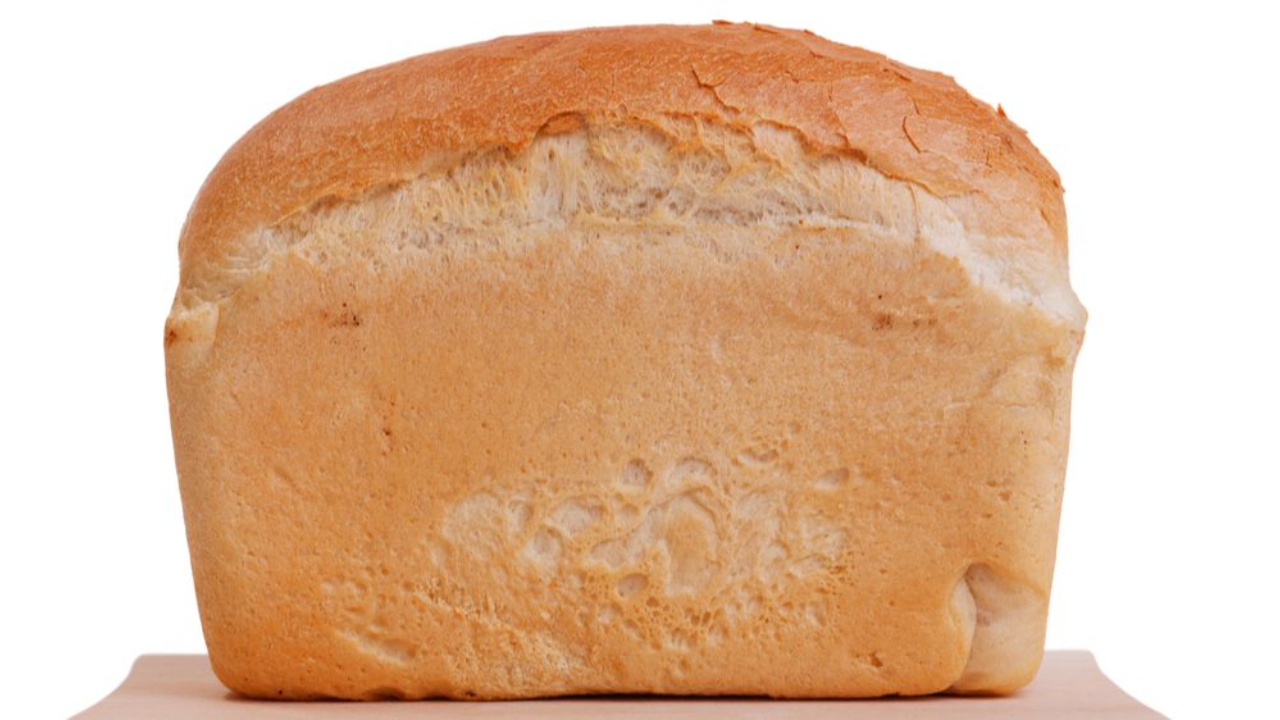What Preservatives are in Bread?

At Solutions Functional Medicine Centre, we’re all about eating diverse, nutritious meals. Not only does this mean eating the good stuff, but it also means cutting out the bad stuff. So what does this mean when it comes to bread?
Bread has been a staple food for centuries, enjoyed by people from various cultures around the world. However, as the food industry evolved, so did the need to increase shelf life and maintain freshness. This led to the widespread use of preservatives in bread and other processed foods.
Unfortunately, preservatives can have a negative effect on your health. If you’re looking to optimize your well-being, it may be time to consider the brand of bread you buy at the store. But what preservatives are found in bread products?
In this article, we will explore what different preservatives are commonly found in bread, their potential impact on health, and why it’s essential to choose bread made with clean ingredients and whole grains.
Common Preservatives in Bread
Calcium Propionate
Often used to prevent mold growth, calcium propionate is a synthetic preservative found in many commercial bread products. While generally recognized as safe (GRAS) by the FDA, some individuals may experience allergic reactions, including skin rashes and digestive discomfort.
Potassium Bromate
Although banned in several countries due to its potential carcinogenic properties, potassium bromate is still used in some bread products in the United States. Studies have linked its consumption to thyroid issues and an increased risk of cancer.
BHA and BHT (Butylated Hydroxyanisole and Butylated Hydroxytoluene)
These synthetic antioxidants are often added to bread and other processed foods to prevent the oxidation of fats and oils. Research has raised concerns about their potential to cause cancer and disrupt hormonal balance.
Sugar
Have you checked the sugar content of your bread recently? You might be surprised. Companies add sugar to their bread for several reasons, both functional and sensory. While bread recipes generally include simple ingredients such as flour, water, yeast, and salt, the addition of sugar serves various purposes. For the purposes of this article, sugar can act as a preservative by reducing water activity in the bread. Lower water activity inhibits the growth of microorganisms such as mold and yeast, extending the bread’s shelf life. However, added sugar is not part of a healthy diet.
Symptoms Associated with Eating Foods with Preservatives
Consuming foods with preservatives, including bread, can lead to various symptoms and health issues over time.
Digestive Problems
Many people experience gastrointestinal discomfort, such as bloating, gas, diarrhea, or constipation, after consuming foods with preservatives.
Allergic Reactions
Some individuals may be allergic to specific preservatives, resulting in skin rashes, itching, hives, or even more severe reactions such as anaphylaxis.
Headaches and Migraines
Certain food additives, including preservatives, have been linked to headaches and migraines in susceptible individuals.
Hyperactivity in Children
Some studies have suggested a potential link between food additives, including preservatives, and hyperactivity or attention problems in children.
Hormone Imbalances
Preservatives in some foods may disrupt hormone balance due to their potential to mimic or interfere with hormonal signals in the body.
Carbs Aren’t the Enemy
It’s essential to clarify that carbohydrates, including those found in bread, are not inherently bad for your health. These days many fad diets are telling people to cut out carbs completely. In this view, bread is bad. But that’s not necessarily the case. Solutions Functional Medicine Centre isn’t against bread or carbs. We just want our readers to be aware of brands that rely on harmful preservatives in their bread recipes.
In fact, carbs are a primary source of energy and provide essential nutrients such as fiber and vitamins. The key lies in making informed choices about the types of carbohydrates you consume.
Choosing bread made with clean ingredients and whole grains can be a nutritious addition to your diet. Consider the following parameters:
Whole Grains
Opt for bread made from whole grains, as they retain their fiber and nutrient content. Whole grains provide sustained energy and can help regulate blood sugar levels.
Minimal Additives
Look for bread products with a short list of ingredients and avoid those with artificial preservatives, colors, or flavors.
Homemade Bread
Consider baking your bread at home. This way you have complete control over the ingredients and can eliminate harmful additives.
Let Us Help You Harness Nutrition for Optimal Health
While bread can be a part of a healthy diet, it’s crucial to be mindful of what preservatives are added to commercial bread products. If you’re noticing some unwanted ingredients in your usual go-to bread, then it may be time for a change. Buy bread from local bakers or even make your own.
Some preservatives that are in bread may have adverse effects on health, ranging from allergic reactions to more severe concerns such as hormone issues. By choosing bread made with clean ingredients and whole grains, you can enjoy this dietary staple without compromising your well-being. Remember, not all carbs are created equal, and making informed choices can lead to a healthier and more enjoyable diet.
If you want to pursue better nutrition so you can avoid harmful preservatives in bread and other foods, you can learn more about our unique treatment approach. Better yet, schedule a 20-minute discovery call with us today.

